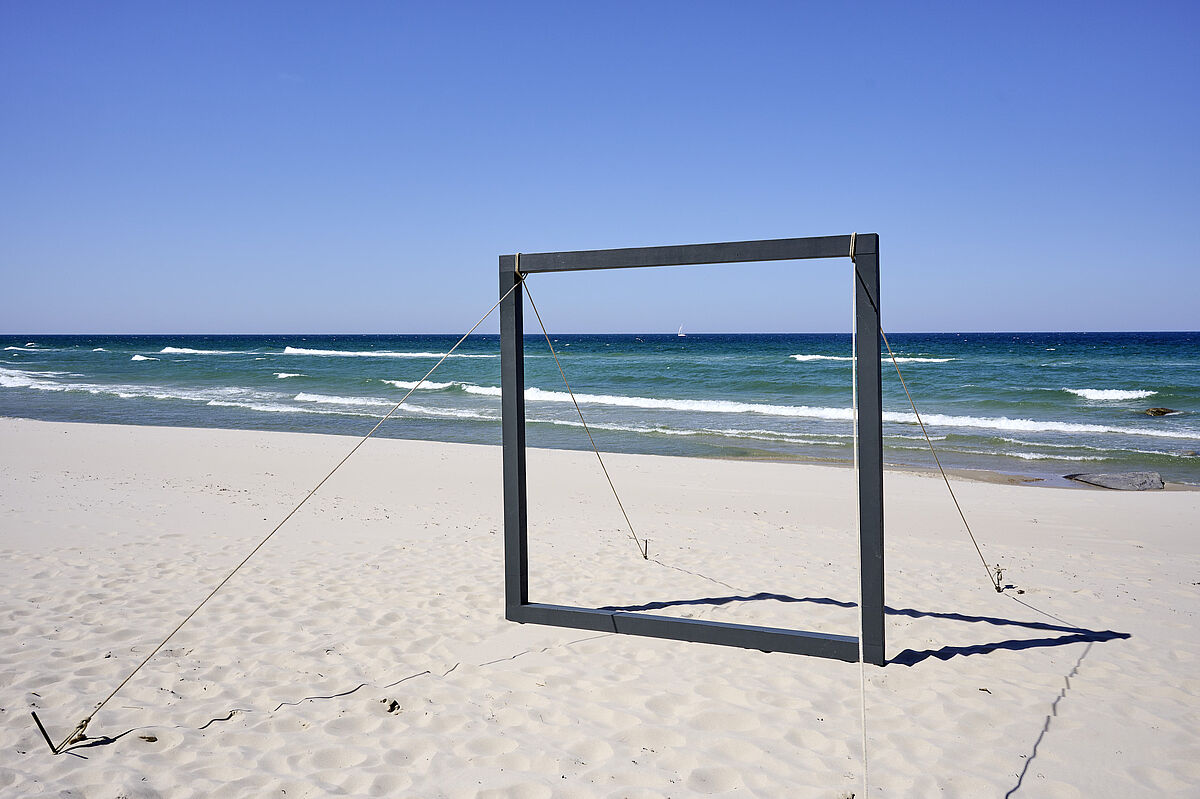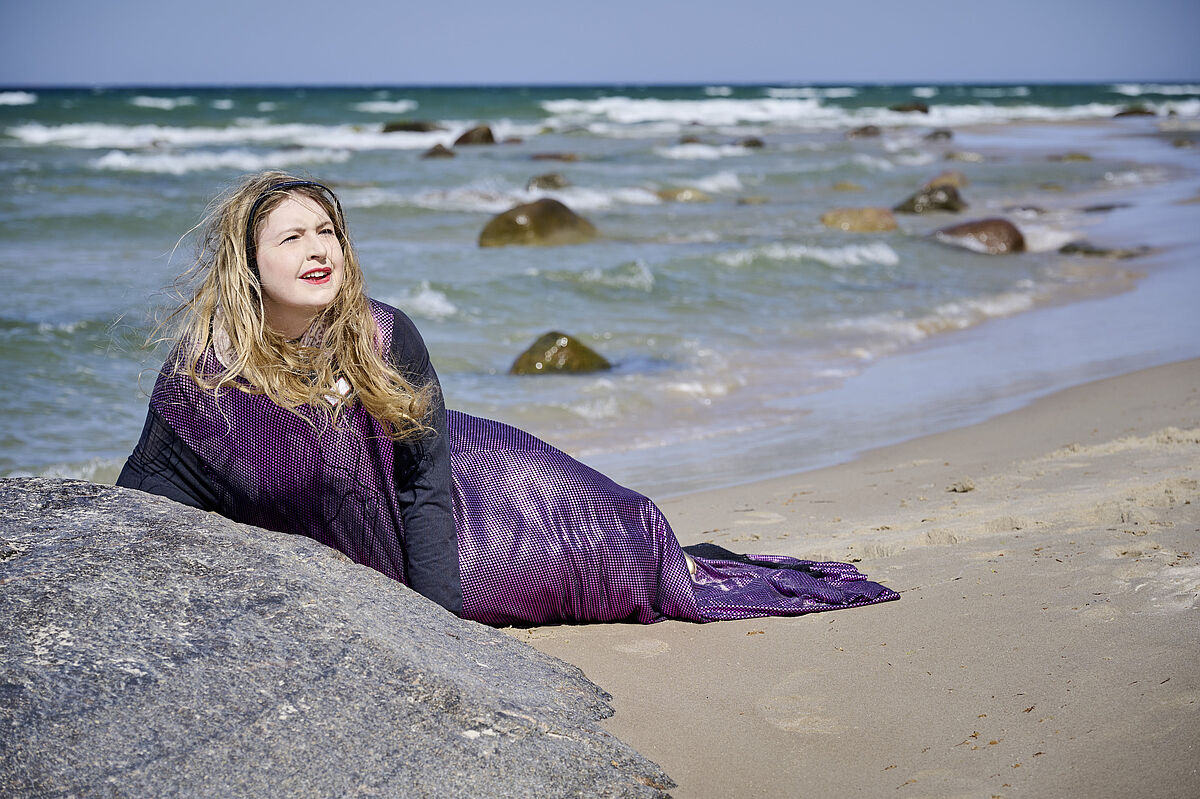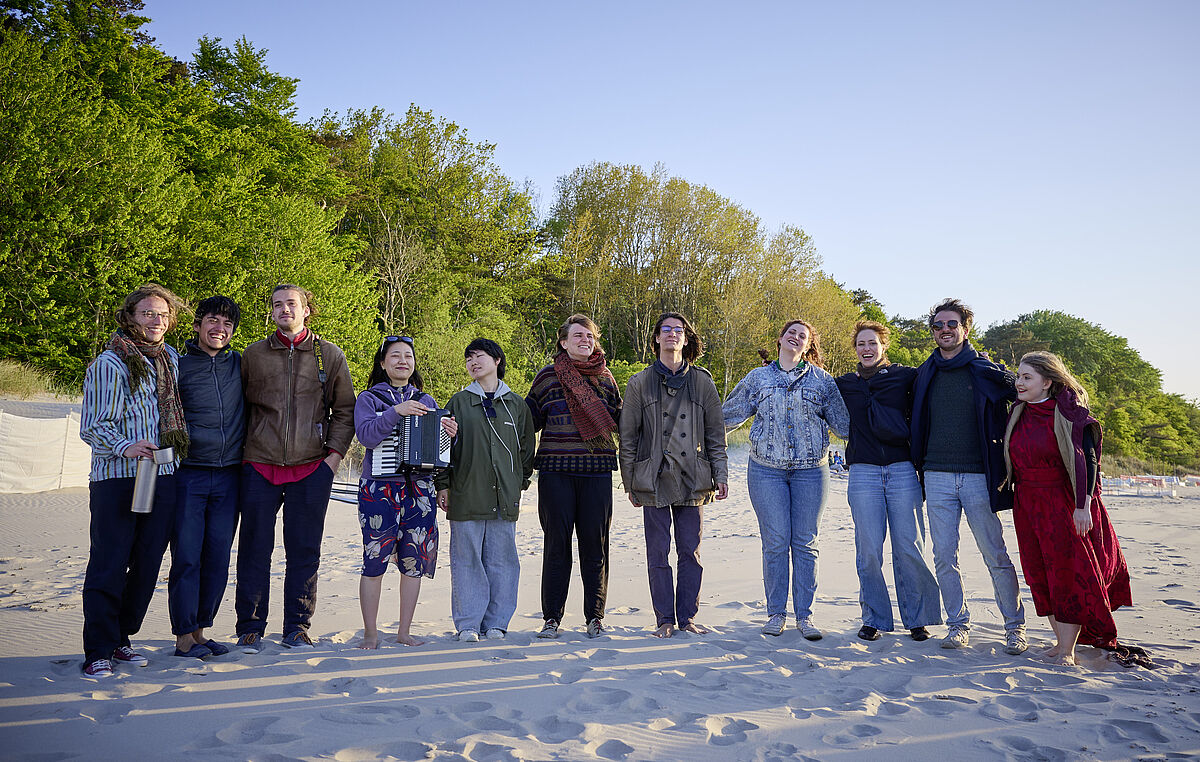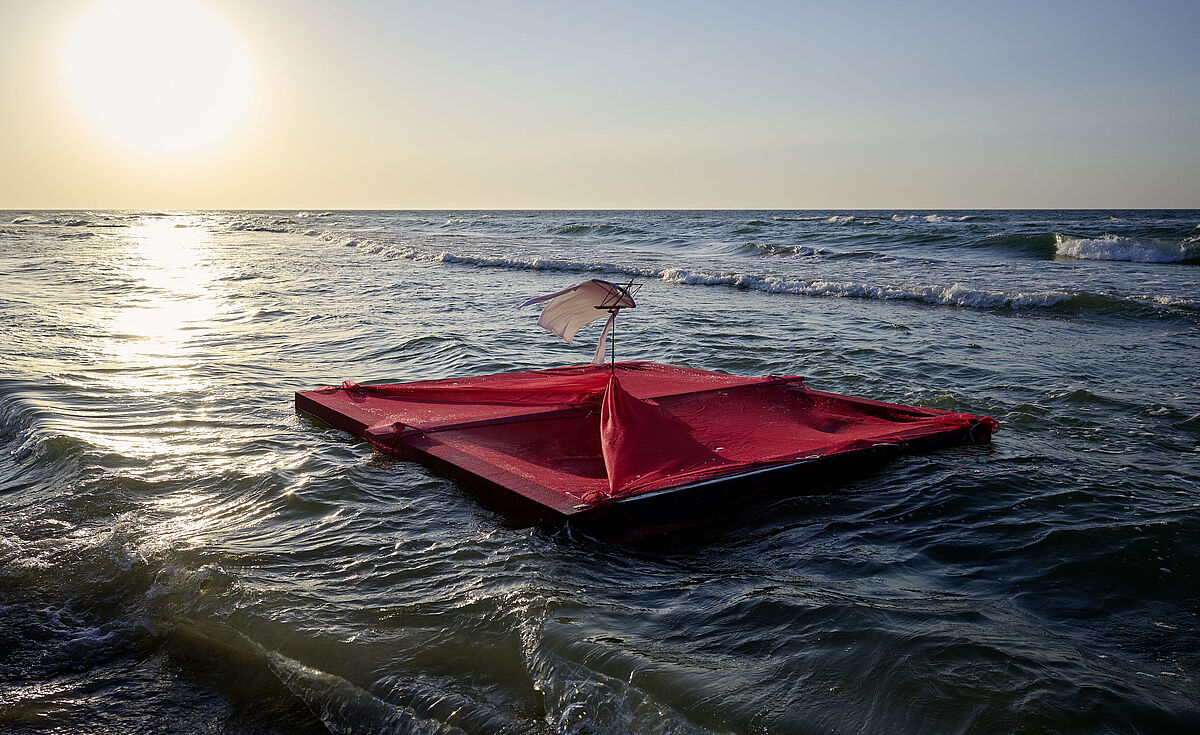New places, new operas?
Opera Where It Doesn’t Exist. Von der Peripherie in die Zukunft




The cultural practice of opera has been very much alive for over 400 years – and yet it is at a tipping point. This was at the focus of the conference “Opera Where It Doesn’t Exist”, which took place from 15-17 May 2024 as part of the sub-project “Opera as cultural heritage”. The goal was to shed light on the cultural practice that is opera from a new perspective. From a place where opera does not normally exist: the countryside, and here in a place strongly shaped by nature: the beach.
In recent decades, numerous innovations have taken place in opera practice. From criticising the classism of the target audiences and the lack of diversity among directors, ensembles and repertoire to the development of sustainable production methods and more permeable opera house architectures that underpin opera’s drive towards new audiences on neighbouring streets and squares. This is particularly evident in theatre projects from the fields of theatre education and community opera, as music theatre scholar Christine Plank-Baldauf and theatre pedagogue Vanessa Zuber reported during the first part of the conference. Further changes have been made to the design of opera house productions, by incorporating pasticcio-like forms and inspirations taken from neighbouring performing arts instead of simply implementing fixed works with newly developed directorial concepts. Against this backdrop, there has been a transformation of the outlook on the differences between so-called small and large theatres, which can respond or adapt to the above-mentioned updates in different flexible ways, according to Kai Weßler, dramaturge of the Theater an der Wien. New forms of cooperation have emerged as well, which the freelance dramaturge Philipp Amelungsen explained using the example of a production he helped prepare and supervise for the Mecklenburg State Theatre in cooperation with the Vienna Festival, the Stuttgart State Opera and the Berlin Volksbühne. According to musicologist Friederike Wißmann, established practices of opera production are adapting to the reorientation insofar as they mark points of reference and perhaps also boundaries for reconstructive projects such as the historical performance practice of Richard Wagner’s Musikdramen.
But what happens when performance practices and opera reception are removed from the opera house and relocated to the beach? What impulses can the production at such a peripheral location between land and water provide for the established opera world? This question was approached in the section of the conference focussing on cultural policies in rural areas by human geographer Christine Tamasy. Art historian Antje Kempe provided an overview of the history of performances at the beach, while ethnomusicologist Sean Prieske gave a lecture on music on the beach within the context of escape and displacement. The aspect of care and supply plays a crucial part in determining the political contours of rural areas; the coverage of cultural offerings takes a back seat in the support of rural areas with regard to population development, agriculture or climate-friendly action plans. In the arts, the beach takes the function of a nature-culture connection. Simultaneously, the beach performances as works of art take on liminal and non-permanent aesthetics, which can be related to the beach space as a waiting room, a space for spectacle, but also as a place of instability and catastrophe. So what do we do on the beach with the opera, but also: what does the beach do to the opera and us? This was the summarising call from an ethnomusicological perspective.
This question was explored by means of an opera production at the interface of science and art, which took place in-between the conference sections on 16 May, at Rügen’s Nordstrand and under the direction of dramaturge Ilka Seifert and Leipzig music theatre director Anja Christin Winkler. It was based on opera characters which the participating academics had suggested in advance for an opera of the future: Isolde by Richard Wagner or Lucia di Lammermoor by Gaetano Donizetti? Marquis Posa from Verdi’s Don Carlos or Don Giovanni from the Mozart opera of the same name? Or beach-related characters like Dvorak’s Rusalka? Framing was taken seriously at Nordstand on the island of Rügen, a location that was pinpointed between a built-up stage frame and the view of the sea; literal weighing with a set-up scale, into which the singers asked the conference participants to place weight in the form of flotsam and jetsam. Letting go at the end of the opera, where there is none, after the stage frame was converted into a raft and let out to sea, carrying a music stand which wore a neutral character costume, while Monteverdi’s Speranza (Hope) was sung. The participating students from the composition class at hmt Rostock, the B.A. Musicology degree course at the University of Greifswald and the M.A. Dramaturgy programme at the hmt Leipzig had jointly agreed on the latter. None of the opera characters involved were to be emphasised, something new was to be created.
What the opera on the beach had provided was nothing less than an outlining of an artistic-academic theory of the operatic figure. This had not truly existed in music theatre studies, the individual philologies or theatre studies before. In the production, the operatic figures were engaged in a dialogue that dissolved not only their dramaturgies but also their stylistic contours on the basis of natural, tidal framings, bringing them closer together to the point of the blocky nature of operatic practice itself, in which individual figures make themselves heard and visible in different ways between land and sea. In the end, the opera was free, the echoing trumpet and accordion sounds muted, the opera props and set held in an alerting red, while the music stand’s character costume came in a neutral white, blank and puffed up like a sail.
The conference on opera staging broke new ground in that it explored an intergenerational, practical and academic examination of a cultural form that may be further developed in both theoretical and artistic terms. The acoustically restrictive and visually inspiring location of the beach on northern Rügen helped the involved singers, musicians, students, academics, documenters and organisers to achieve a balanced visibility. Their free movement anticipated the release of the opera itself, as a piece of creation, a production and reception, whereby the operatic singing of the characters and their accompaniment appeared to be flexible and at the same time equally effective on the beach. The beach opera certainly places different demands on traditional sound ideals of singing and orchestral interpretation and, not least, moves them to a challenging acoustic location. Nevertheless, it continues to affect and move the audience, especially when it is created, moved and reflected upon collectively. Neither the collective nor participation nor artistic excellence, but their interaction and the equal dialogue in reflection make the project so promising – particularly as a starting point for rethinking traditional forms of music theatre.
The opera conference was also reported on by the NDR1’s Kulturjournal programme, who captured original sound recordings from the participants. The report can be heard here (© NDR Landesfunkhaus Mecklenburg-Vorpommern).
A short film directed by Holger Stark is in the works as well.
